The U.S. Food and Drug Administration doesn’t wait for dangerous drugs to reach pharmacy shelves before acting. Instead, it stops them at the border - automatically, without opening a single box. This is the power of Import Alerts, a system that’s reshaping how global drug manufacturers do business with America.
What Exactly Is an FDA Import Alert?
An FDA Import Alert is a public notice that flags specific manufacturers, facilities, or countries as high-risk for shipping substandard or illegal drugs into the United States. Once a facility is listed, every future shipment from that source is detained without physical inspection (DWPE). That means customs officials don’t need to open containers or test samples. The system acts on history: if a manufacturer has repeatedly failed inspections, sent contaminated products, or falsified documents, the FDA assumes future shipments will too. This isn’t a new idea. The program started in 1995, but it’s evolved into something far more aggressive. In September 2025, the FDA launched Import Alert 66-80, targeting active pharmaceutical ingredients (APIs) for weight-loss drugs like semaglutide and tirzepatide. This was the first time the agency created a color-coded system - Green, Yellow, and Red - to manage compliance at scale.The Green, Yellow, and Red List System
The new system isn’t just about punishment - it’s a roadmap to redemption. Manufacturers are placed on one of three lists:- Green List: Facilities that have passed rigorous FDA audits and meet all quality standards. Their shipments clear customs automatically. Over 99% of Green List shipments are released without delay.
- Yellow List: Facilities with past violations but showing progress. Shipments are held for review. They can still enter the U.S. if they submit full documentation - Certificates of Analysis, third-party audit reports, and proof of corrected processes.
- Red List: Facilities with repeated, serious violations. Every shipment is automatically refused. No exceptions. No second chances - unless they fully reapply and prove compliance.
Why GLP-1 Drugs Are the New Front Line
The September 2025 Import Alert didn’t come out of nowhere. The market for GLP-1 receptor agonists - drugs like Ozempic, Wegovy, and Mounjaro - exploded from $12 billion in 2021 to $35.2 billion in 2024. Demand outpaced supply. That created a vacuum. Enter unapproved, unregulated manufacturers - mostly in India and China - pumping out fake or contaminated APIs. Some batches had impurities 10 times over safe limits. Others had no active ingredient at all. Some were labeled as semaglutide but contained toxic byproducts from poorly controlled chemical reactions. The FDA’s Office of Pharmaceutical Quality called it a “public health emergency.” In October 2025, they found that 68.4% of refused GLP-1 shipments contained impurities exceeding international safety thresholds. That’s not a glitch - it’s a pattern.How the System Works Behind the Scenes
The FDA doesn’t make these decisions manually. It uses a risk engine called PREDICT, which analyzes over 150 data points:- History of inspection failures
- Previous shipment refusal rates
- Supplier audits from third parties
- Importer compliance records
- Product risk classification (biologics, APIs, injectables)
- Geographic risk profiles
- A Certificate of Analysis (CoA) from an FDA-recognized lab
- Full facility master production records
- Third-party audit report from an FDA-accredited auditor
- Proof of raw material traceability to Tier 3 suppliers

The Real Cost of Getting It Wrong
The financial impact isn’t just lost product - it’s ruinous. A single $900,000 shipment of GLP-1 API that gets refused faces penalties up to three times its value under 19 CFR § 159.14. That’s $2.7 million in liquidated damages - not counting storage fees, demurrage charges, or reputational damage. One Indian manufacturer lost $1.2 million in 72 hours when their shipment was rejected despite holding ISO 9001 certification. Why? Because ISO doesn’t mean FDA-compliant. The auditor wasn’t on the FDA’s approved list. The paperwork looked good - but the system saw through it. And the clock is ticking. Refused shipments must be exported or destroyed within 90 days. Some companies are now paying brokers to falsify export documents just to avoid the loss. The FDA issued a warning letter in October 2025 to a Singaporean intermediary caught doing exactly that.Who’s Getting Hit the Hardest?
The data doesn’t lie. Of the 89 facilities affected by the GLP-1 Import Alert, 73 are in India - 82%. Nine are in China. Seven are in Europe. That’s not coincidence. India produces over 40% of the world’s generic APIs. Many of those facilities operate on razor-thin margins and cut corners to compete. The Indian Pharmaceutical Alliance estimates 28,500 jobs are now at risk. Generic drug makers like Viatris reported a $417 million revenue hit in Q3 2025. Meanwhile, Novo Nordisk’s approved partners gained 18.7% market share in just six weeks. This isn’t just about safety - it’s about market consolidation. Big players with deep pockets are buying up compliant suppliers. Catalent’s $980 million acquisition of Novasep’s peptide business was directly tied to the new import rules.Can Manufacturers Get Off the List?
Yes - but it’s not easy. The FDA requires four steps to get removed from an Import Alert:- A full, on-site FDA inspection (minimum 5 days)
- A root cause analysis with a detailed Corrective and Preventive Action (CAPA) plan
- Three consecutive shipments that pass inspection
- Executive certification signed by the company’s top quality officer
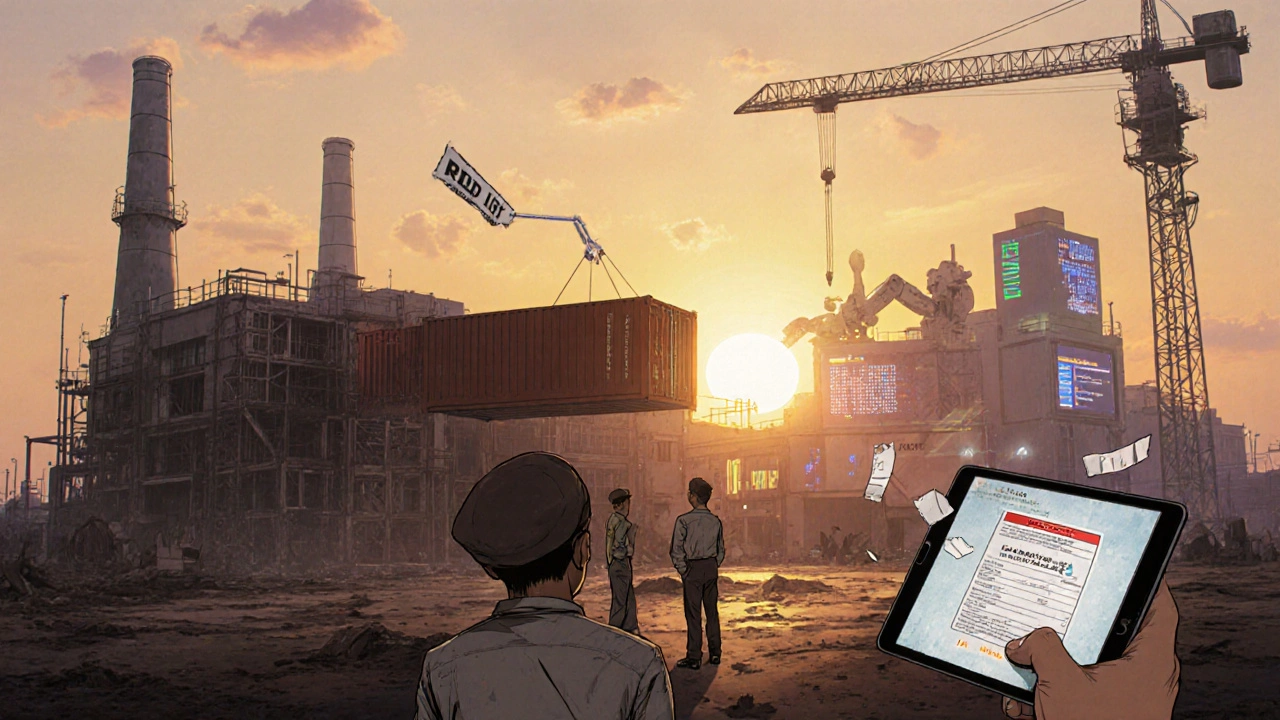
The Bigger Picture: Global Ripple Effects
The U.S. isn’t acting alone anymore. In November 2025, the European Commission announced the EMA will adopt a similar API screening system by mid-2026. China’s NMPA is now requiring all API exporters to meet FDA-equivalent certification standards starting January 1, 2026. This is the new global standard. If you want to sell APIs to the U.S., you need to meet U.S. rules - no exceptions. Even if your product is safe, if your documentation is sloppy, it gets blocked. The FDA’s new API Transparency Portal, launched in November 2025, lets manufacturers check their status in real time. Over 1,800 companies are registered. But only about 12% are on the Green List.What This Means for Patients and Pharmacies
You might think this is just a bureaucratic battle between regulators and manufacturers. But it hits patients directly. Pharmacy benefit managers reported a 14.3% average price increase for compounded GLP-1 formulations in November 2025. Insurance companies are pushing back. Some patients are being switched to older, less effective drugs. At the same time, the number of counterfeit GLP-1 products sold online has dropped by 92% since the alert went into effect. That’s a win - but it’s also a reminder that the black market hasn’t disappeared. It’s just moving underground.What Comes Next?
FDA Commissioner Dr. Robert Califf has said the GLP-1 import alert framework will be extended to all high-risk biologics starting Q1 2026 - beginning with monoclonal antibodies. That means cancer drugs, autoimmune therapies, and gene therapies are next. McKinsey predicts 65-75% of global API manufacturers will need to spend $500,000 to $2 million on compliance upgrades by 2027 to keep selling to the U.S. market. The message is clear: Quality isn’t optional. Transparency isn’t a bonus. If you can’t prove your drug is safe, it won’t get past the border - no matter how cheap it is, how popular it is, or how desperate the demand is.What happens if my drug shipment gets detained by the FDA?
If your shipment is detained without physical examination (DWPE), you must submit a full corrective action plan within 30 days. This includes a Certificate of Analysis from an FDA-recognized lab, third-party audit reports, facility master records, and proof of raw material traceability. If the documentation is complete and meets FDA standards, the shipment may be released. If not, it must be exported or destroyed within 90 days, and you may face penalties up to three times the value of the goods.
How can a manufacturer get on the FDA Green List?
To get on the Green List, a manufacturer must undergo a full FDA inspection, submit a detailed CAPA plan, provide three consecutive compliant shipments, and get executive certification. They must also use FDA-recognized third-party auditors and implement full supply chain traceability - often using blockchain systems. The process takes 45-90 days if all documentation is perfect. The FDA now offers expedited processing for facilities with accredited auditors.
Why are Indian manufacturers disproportionately affected by the GLP-1 import alert?
India produces over 40% of the world’s generic APIs and has a large number of facilities that compete on low cost rather than compliance. The GLP-1 market boom created pressure to scale quickly, leading to shortcuts in documentation, testing, and supplier oversight. Of the 89 facilities flagged by the FDA’s September 2025 alert, 73 (82%) were in India. Many lacked FDA-recognized auditors or failed to trace raw materials to Tier 3 suppliers - requirements now mandatory for U.S. entry.
Does ISO 9001 certification protect a manufacturer from FDA detention?
No. ISO 9001 is a general quality management standard, but it doesn’t cover pharmaceutical-specific requirements like GMP, stability testing, or API purity controls. The FDA requires documentation from auditors accredited by its own program. Many manufacturers have lost millions because they assumed ISO certification was enough - it’s not.
Can the FDA’s Import Alert system be challenged legally?
Yes. Four Indian pharmaceutical associations filed a lawsuit in the U.S. Court of International Trade in November 2025, arguing the Green List system violates WTO rules on technical barriers to trade. However, U.S. courts have consistently upheld the FDA’s authority to protect public health, even if it disrupts global supply chains. Legal challenges rarely succeed unless they prove the system is arbitrary or discriminatory - which the FDA’s data-driven, risk-based approach has so far avoided.
Will this system be expanded to other types of drugs?
Yes. The FDA has confirmed the GLP-1 import alert model will be extended to all high-risk biologics starting in Q1 2026, beginning with monoclonal antibodies used to treat cancer and autoimmune diseases. This means companies making complex drugs like rituximab, adalimumab, or trastuzumab will soon face the same strict documentation, auditing, and traceability requirements.
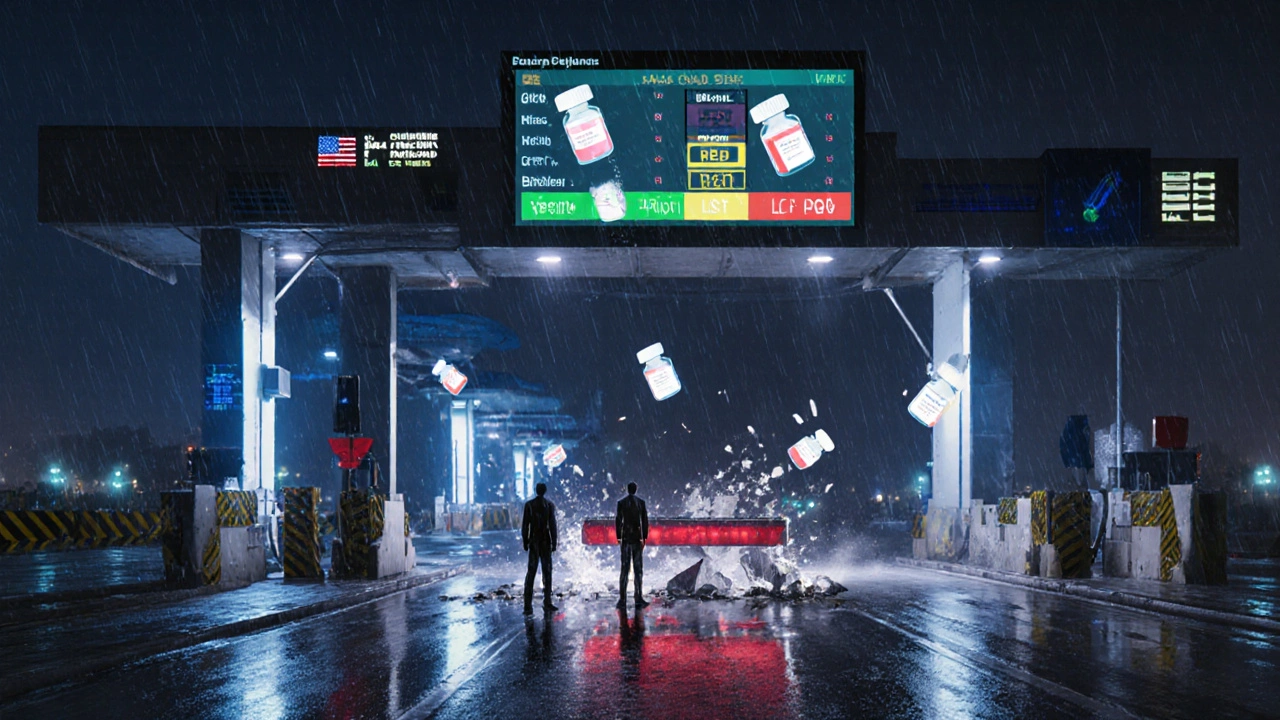
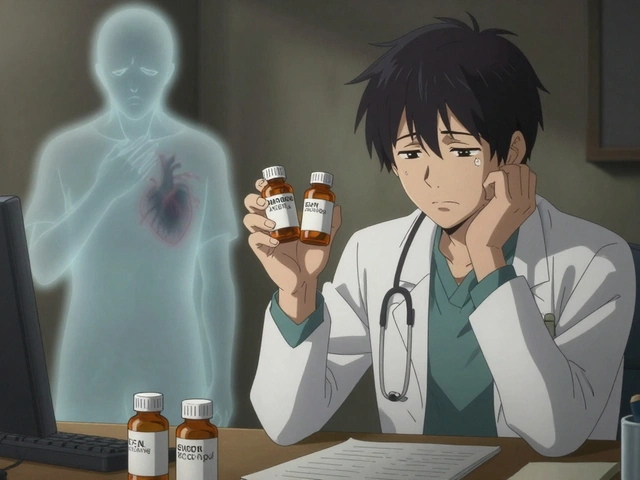

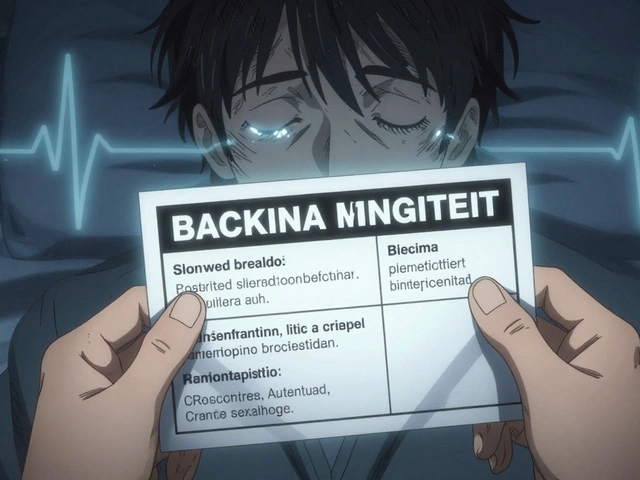
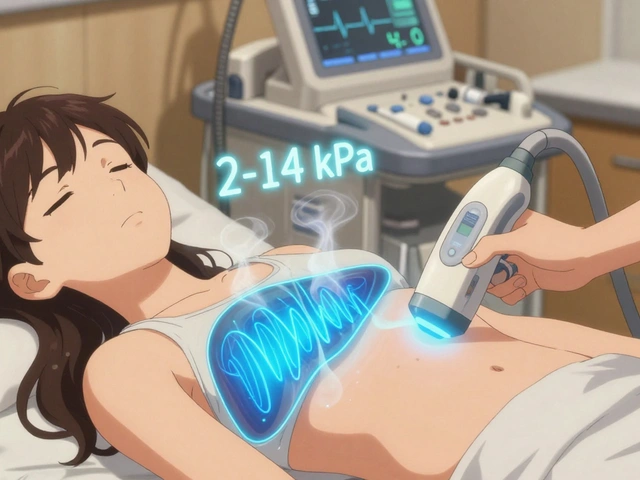

8 Comments
Jacob McConaghy
November 24, 2025This FDA system is actually kind of brilliant. No more playing whack-a-mole with fake meds slipping through ports. If your factory keeps screwing up, you get flagged - no second chances. It’s not about being harsh, it’s about not letting people die because someone cut corners on a batch record. The Green/Yellow/Red system gives companies a path out, but only if they actually invest in real quality, not just fancy paperwork.
Natashia Luu
November 25, 2025It is deeply concerning that the United States Food and Drug Administration has implemented a system which, while ostensibly designed to ensure public safety, may inadvertently function as a non-tariff trade barrier, disproportionately impacting developing economies with legitimate pharmaceutical manufacturing capabilities. The lack of harmonization with international standards such as WHO-GMP raises serious questions regarding equity and due process under international trade law.
akhilesh jha
November 27, 2025we are not bad people just because we make cheap medicine. india makes 70% of the world's generic drugs. if you block us, who will feed the poor in africa and latin america? you want quality? fine. but dont make it impossible. we are trying. but you charge $500k for an audit? who can afford that? the big pharma guys already own the system. this is not about safety. this is about control.
stephanie Hill
November 28, 2025Okay but have you ever stopped to think this whole thing is a setup? The FDA gets paid by pharma giants to crush small players. Remember when they suddenly started targeting Indian labs right after Novo Nordisk’s stock jumped? Coincidence? Nah. They’re using ‘safety’ as a cover to monopolize the GLP-1 market. And don’t get me started on blockchain - that’s just a fancy way for corporations to track your pills and sell your data. They’re not protecting you. They’re locking you in.
Akash Chopda
November 30, 2025they dont care about safety they care about money the FDA is just a puppet for big pharma the real drugs are all made in china and india but they block them so you have to buy the expensive ones from usa and europe the system is rigged
Nikki C
November 30, 2025It’s funny how we act like this is some new moral victory when really it’s just capitalism playing out in real time. The market rewards scale, not ethics. The small guys can’t afford the audits, the blockchain, the auditors, the paperwork. So they vanish. And suddenly the only ones left are the ones who already had billions. We call it ‘quality control’ - but it’s really just consolidation under a fancy label. The patients suffer either way - one from unsafe meds, the other from unaffordable ones. There’s no clean win here.
Alex Dubrovin
December 1, 2025Man I used to work in a lab that got flagged for a typo in a CoA. One missing decimal. Took us 8 months to get back on the green list. We spent more on lawyers than we did on production. The system isn’t broken - it’s just designed to make you bleed before you’re allowed to play. But honestly? I’d rather have a few extra days of delays than my kid getting a batch with 10x the impurities. So yeah. I’ll take the headache.
Jeff Hicken
December 2, 2025so like... the fda just blocks stuff and calls it a day? no real inspection? what if they just made a mistake? what if the lab was bad? i mean come on. theyre just playing god here. and now my insurance wont cover my ozempic because its 'unapproved'?? i just want to lose weight not get caught in some bureaucratic war. this is insane.